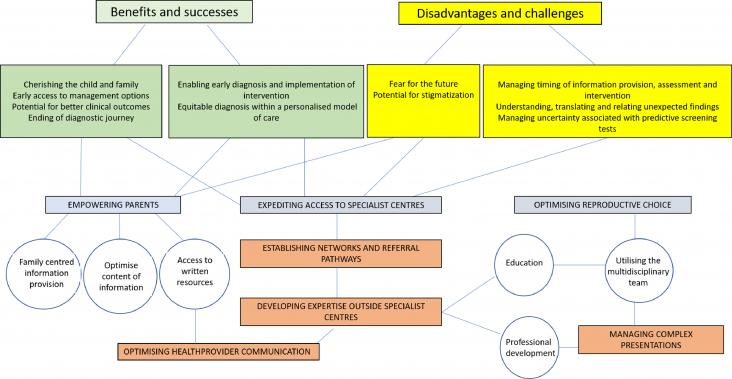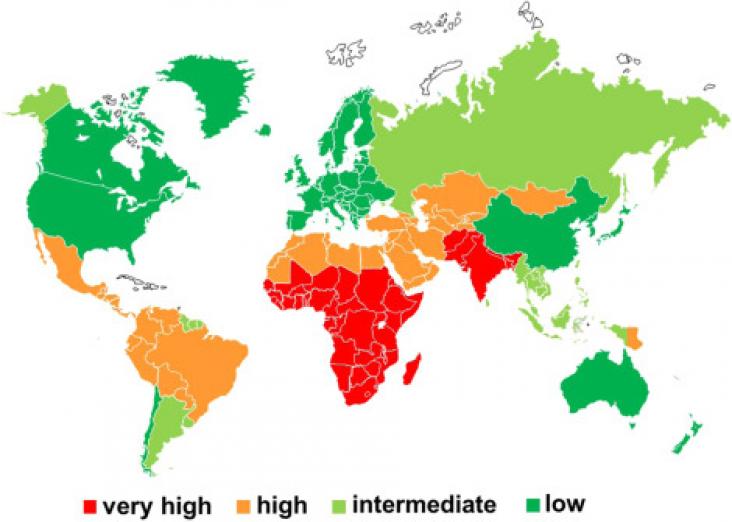Blood donation saves lives, and the communication between blood centers and donors plays a vital role in this. Smart apps are now considered an important communication tool, and could be best utilized in blood donation if they are designed to fit the users’ needs and preferences.
Elsevier,
The Neuroscience of Depression
Genetics, Cell Biology, Neurology, Behaviour, and Diet
2021, Pages 405-414
This chapters provides a thorough examination, including demographic characteristics, sleep history, medical and psychiatric conditions, lifestyles, past experiences of self-help, and pharmaceutical interventions should contribute to efforts to identify any underlying causes of either anxiety, depression, or sleep disorders.

This Article supports SDG 3 by highlighting the benefits of equipping a wider (non-specialist) workforce to deal with the demands of population screening for rare diseases such as spinal muscular atrophy through education programmes and access to expert opinions.
Overviews the Ebola virus, endemic in Central Africa and cause of severe hemorrhagic fevers. Although no licensed treatment is available to treat disease, vaccines have recently been licensed in Europe, the USA and elsewhere. The goal of SDG 3.3 is 3.3 the end the epidemics of AIDS, tuberculosis, malaria and neglected tropical diseases and combat hepatitis, water-borne diseases and other communicable diseases.
A review on dementia in low-income and middle-income countries, in the context of SDGs 3 and 10, focusing specifically on culturally appropriate treatments and the need for more effectiveness trials on adapted interventions.
The article examines the link between physical activity earlier in life and a lower risk of dementia later in life.
This content aligns with Goal 3: Good Health as well as Goal 10: Reduced Inequalities by providing an overview of the viruses responsible for immunodeficiency syndromes like AIDS, highlighting their mechanism of action and targets for therapy.
This content supports the SDG Goal 3 by highlighting that management of chronic hepatitis B requires careful consideration of treatment indications given the requirement for long-term therapy in most patients. Options include nucleo(s)tide analogs (NA) and pegylated interferon alfa (PEG-IFN), both with their own advantages and limitations.

This content supports the SDG Goal 3 and 6 by describing hepatitis A virus and hepatitis E virus, which are enterically transmitted and the most common cause of viral hepatitis worldwide.

